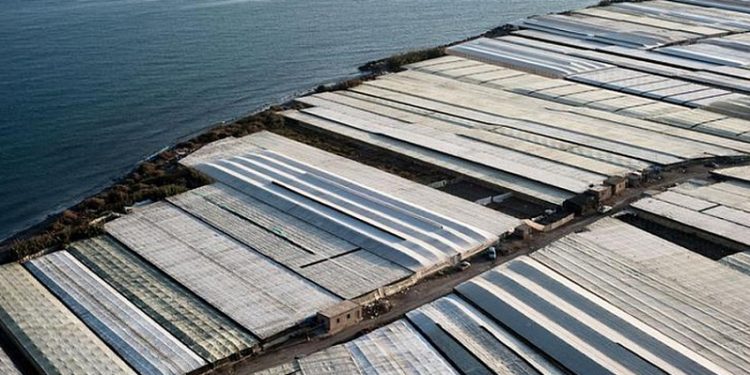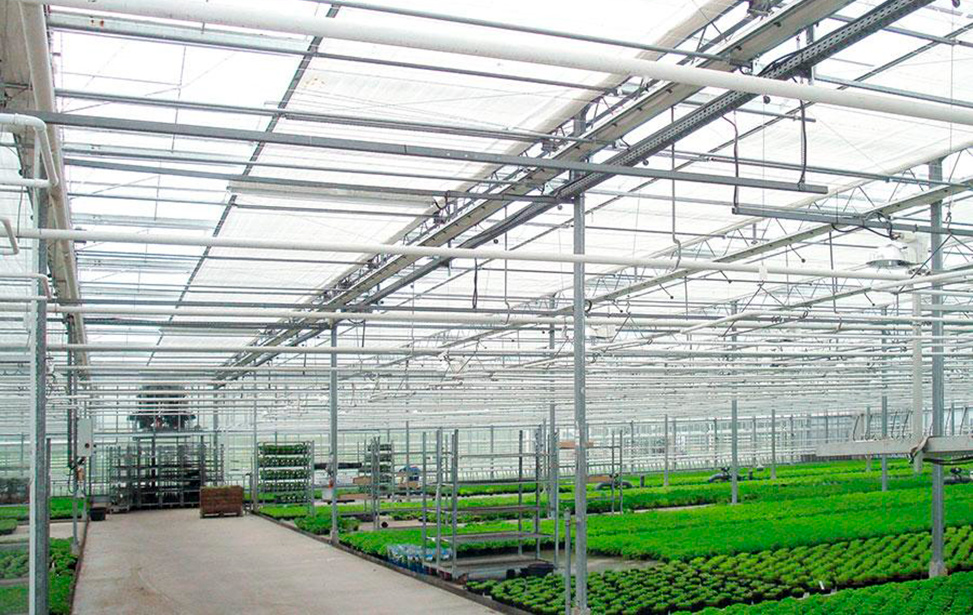#SeawaterGreenhouse #AgriculturalTransformation #WaterScarcity #FoodSecurity #InnovativeTechnology #Sustainability
Discover how seawater greenhouses are revolutionizing agriculture in arid regions, offering an innovative solution to water scarcity and food security issues. By utilizing solar power and seawater, these greenhouses create a humid environment that promotes plant growth without relying on freshwater or fertile soil. Explore the benefits, implications, and challenges of this transformative technology that has the potential to shape a more sustainable and resilient future.
In the face of escalating global water scarcity and food security issues, innovative solutions are crucial. One such solution that is proving to be a game changer for arid regions is the seawater greenhouse. This ingenious technology is transforming barren landscapes into agricultural havens, offering a sustainable and eco-friendly solution to some of the world’s most pressing challenges.
Seawater greenhouses are a revolutionary concept that leverage the abundant resources of the sun and the sea to cultivate crops in some of the world’s driest regions. The process is relatively simple yet remarkably effective. The greenhouses use solar power to pump seawater to the site, which is then evaporated to create a humid environment conducive to plant growth. As the water evaporates, it cools the air inside the greenhouse, creating an ideal climate for agriculture. The remaining salt is harvested and can be used or sold, adding another layer of sustainability to the process.
This innovative technology has the potential to transform arid regions into productive agricultural lands. It is not dependent on freshwater resources, which are increasingly scarce in many parts of the world. Instead, it utilizes seawater, an abundant and underused resource. Moreover, the seawater greenhouse does not require fertile soil to produce crops, making it an ideal solution for regions where traditional agriculture is not viable.
The implications of this technology are far-reaching. For regions suffering from water scarcity and food insecurity, seawater greenhouses could provide a lifeline. They could boost local economies by creating jobs and stimulating agricultural production. They could also improve food security by increasing the availability of locally grown produce.
Moreover, seawater greenhouses could play a significant role in mitigating climate change. Traditional agriculture is a major contributor to greenhouse gas emissions, largely due to the use of synthetic fertilizers and pesticides. Seawater greenhouses, on the other hand, require no such chemicals. They also sequester carbon dioxide, helping to reduce the concentration of this harmful greenhouse gas in the atmosphere.
Despite the numerous benefits, the adoption of seawater greenhouses is not without challenges. The initial setup costs can be high, and the technology requires a certain level of technical expertise to operate effectively. However, with the right support and investment, these hurdles can be overcome.
Several pilot projects have already demonstrated the potential of seawater greenhouses. In Australia, a seawater greenhouse has been successfully used to grow tomatoes in the arid region of South Australia. In Oman, a similar project has shown promising results in cultivating a variety of crops, including cucumbers and peppers.
Seawater greenhouses represent a promising solution to some of the world’s most pressing challenges. They offer a sustainable and eco-friendly way to transform arid regions into agricultural havens, boosting local economies and improving food security. With continued research and investment, this innovative technology could play a significant role in shaping a more sustainable and resilient future.










